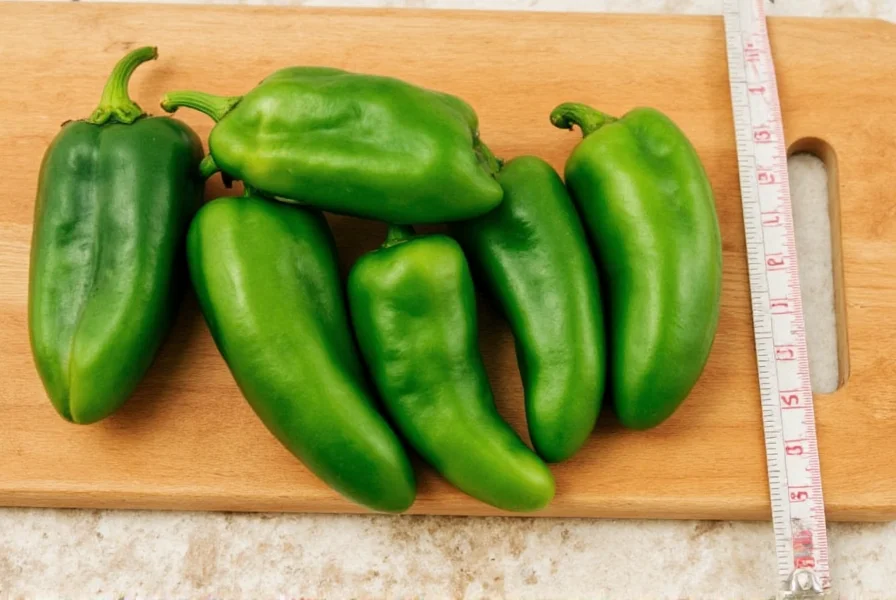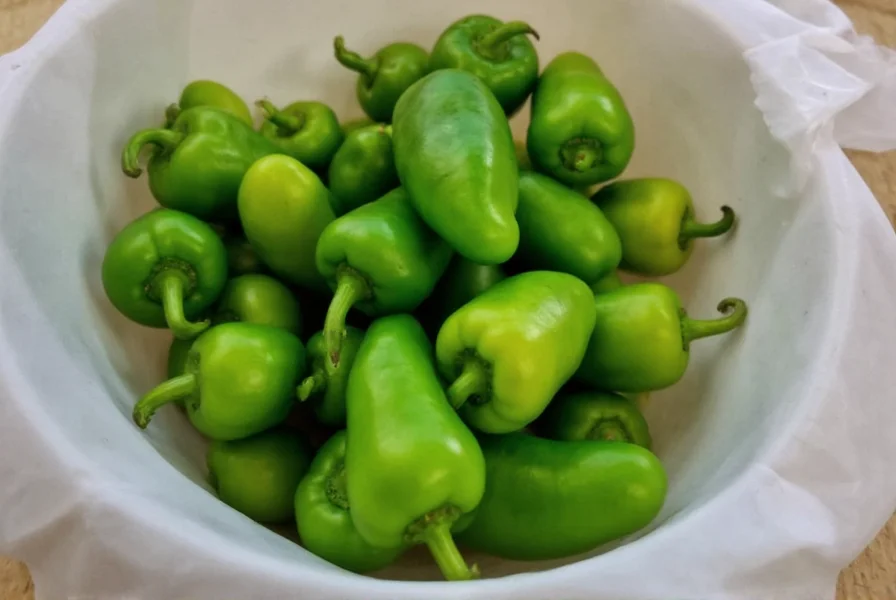Understanding the heat level of poblano peppers is essential for home cooks and culinary enthusiasts who want to use these versatile ingredients effectively. These dark green, heart-shaped peppers are staples in Mexican cuisine and offer a unique flavor profile that goes beyond just heat.
What Are Poblano Peppers?
Native to Puebla, Mexico, poblano peppers (Capsicum annuum) are large, dark green chilies that measure approximately 4-6 inches long. When fresh, they have a rich, earthy flavor with subtle notes of grass and bell pepper. As they mature and turn red, they develop sweeter characteristics. Dried poblano peppers are known as ancho peppers, which feature prominently in mole sauces and other traditional dishes.

Understanding the Scoville Scale
The Scoville scale measures the pungency or 'heat' of chili peppers and other spicy foods. Developed by pharmacist Wilbur Scoville in 1912, the scale quantifies capsaicin concentration—the chemical compound responsible for the burning sensation. Originally determined through human taste testing, modern measurements use high-performance liquid chromatography for precise results.
On this scale, poblano peppers sit comfortably in the mild to medium range. To put this in perspective, they're significantly milder than jalapeños (2,500-8,000 SHU) but offer more heat than bell peppers (0 SHU). This moderate heat level makes poblanos versatile for various palates, including those who prefer less spicy foods.
Poblano Pepper Heat Range Explained
The 1,000-2,000 SHU range for poblano peppers represents an average measurement. Several factors can influence their actual heat level:
- Growing conditions: Soil quality, climate, and water availability affect capsaicin production
- Ripeness: Red (fully ripe) poblanos tend to be slightly sweeter and milder than green ones
- Individual variation: Like all natural products, heat can vary between peppers on the same plant
- Preparation method: Removing seeds and membranes reduces heat significantly
| Pepper Variety | Scoville Heat Units | Heat Level Comparison |
|---|---|---|
| Poblano | 1,000-2,000 SHU | Mild to medium |
| Jalapeño | 2,500-8,000 SHU | 2-4x hotter than poblano |
| Serrano | 10,000-23,000 SHU | 5-10x hotter than poblano |
| Habanero | 100,000-350,000 SHU | 50-175x hotter than poblano |
Culinary Applications of Poblano Peppers
The moderate heat level of poblano peppers makes them exceptionally versatile in the kitchen. Their thick walls hold up well to roasting, which enhances their natural sweetness while mellowing the heat. Common culinary uses include:
- Stuffed peppers (chiles rellenos): The mild heat allows fillings like cheese to shine
- Rajas con crema: Sliced roasted poblanos in cream sauce, perfect for tacos or as a side
- Mole sauces: Dried poblanos (anchos) form the base of many complex sauces
- Guacamole and salsas: Adds depth without overwhelming heat
- Strips in egg dishes: Excellent in breakfast burritos or migas

Factors Affecting Poblano Pepper Heat Perception
Several elements influence how heat is perceived when consuming poblano peppers:
- Fat content: Dairy products like sour cream or cheese can neutralize capsaicin
- Sugar content: Sweet ingredients balance heat perception in dishes
- Cooking method: Roasting reduces perceived heat while enhancing flavor
- Individual tolerance: Heat sensitivity varies significantly between people
When substituting poblano peppers in recipes, consider these alternatives based on heat preference:
- For milder dishes: Bell peppers or cubanelle peppers
- For similar heat: Anaheim peppers (500-2,500 SHU)
- For more heat: Jalapeños or serranos
Common Misconceptions About Poblano Heat
Many home cooks mistakenly believe poblano peppers are extremely hot. This misconception likely stems from:
- Confusing poblanos with similar-looking but hotter varieties like pasilla
- Encountering particularly hot individual peppers due to growing conditions
- Misunderstanding the difference between fresh poblanos and dried anchos
- Not realizing that heat perception varies based on preparation methods
Understanding the actual poblano pepper Scoville rating helps cooks make informed decisions about their use in recipes. The moderate heat level makes them accessible to most palates while still providing that characteristic chili pepper flavor that enhances so many dishes.











 浙公网安备
33010002000092号
浙公网安备
33010002000092号 浙B2-20120091-4
浙B2-20120091-4